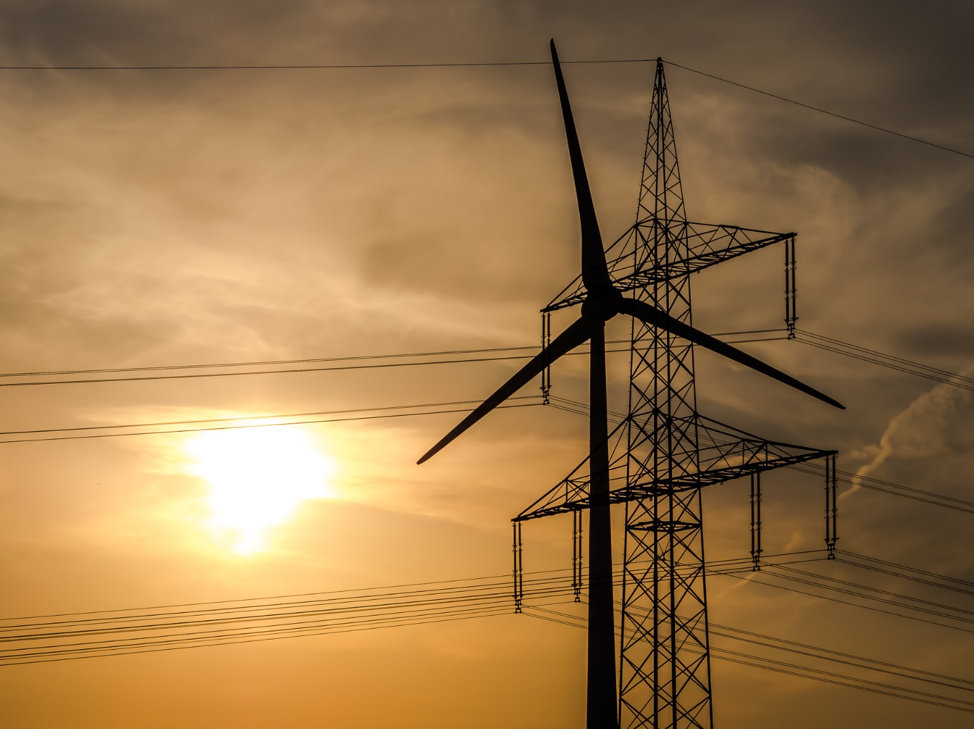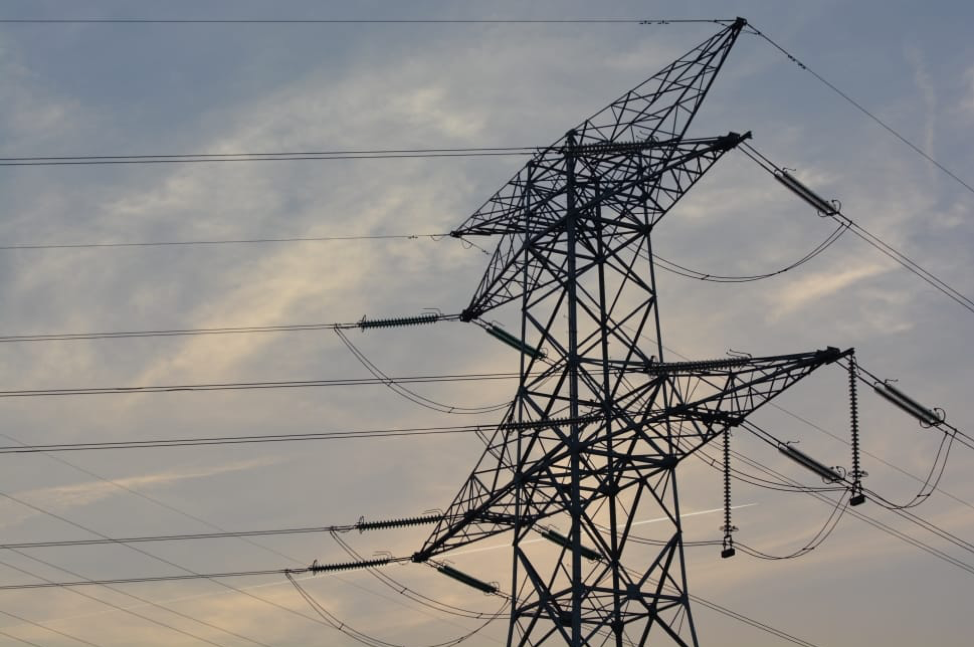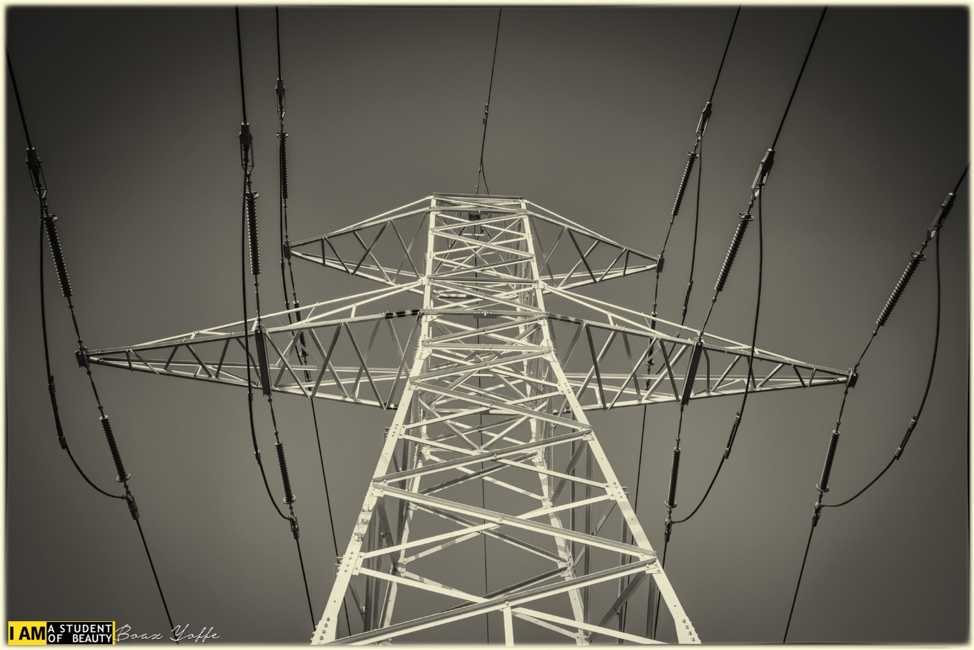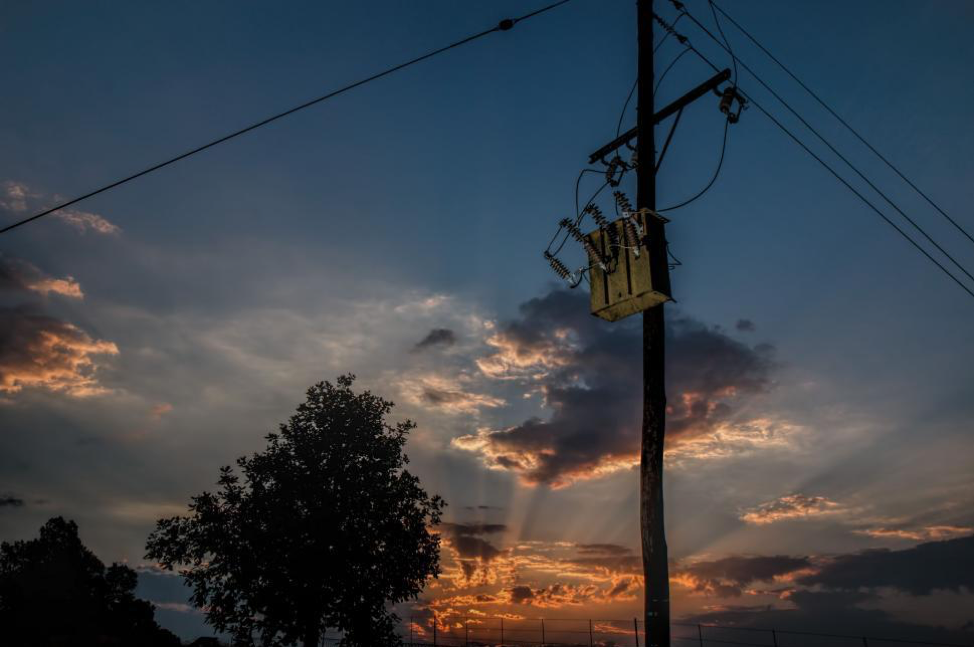Consumers are now wondering why their electricity bills seem to be creeping higher each month, and they are often left scratching their heads to see what’s the matter. Fortunately, today, you can get an idea about the prices that you’re getting as well as the rates as long as you’re with the right company.
Fuel prices are going to have a major impact on what you’re paying for in the residential setting, and natural gas is one of the more common resources used in power plants. Factors like regional supply and demand, seasons, stock prices, war, and others can affect the costs, and when natural gas begins to increase, you can expect the electricity to do the same too.
Understanding Energy Price Increases
Know that a lot goes into the power that’s circulating in your home than simply turning on the switch. There are wires, infrastructure, fuel, natural gas, and oil that can be involved with electricity generation. Changes and fluctuations can happen every minute, but some are lucky because they are going to only pay the fixed prices. After all, that’s what the contract that they’ve signed up for. Other things that you need to know about this are the following:
Factors that Affect Electricity Pricing
Power generation and capacity can be a determinant of how much a company is going to charge for the current electricity rate. They usually take into account the investment made for the structures, maintenance, personnel wages, and fuel costs to be accurate with their calculations. If one of these becomes too expensive, the costs are often shared with the customers which means you might be paying more for your utilities each month.
Natural resources should also be readily available in an area, and it should be accessible too. Fuel can be cheaper when you live in a country that’s going to have an abundance of this, and if there are any disruptions and shortages of natural gas and coal, the limited availability can also mean that you need to prepare for the hikes because of the limited availability.
Government regulations and policies also play a significant role in determining the rates, because taxes imposed on energy companies or subsidies provided by the governing bodies in the area can influence the overall cost passed onto consumers.
Market dynamics and competition among suppliers are additional factors that impact pricing. In regions where multiple providers want to attract businesses and customers, the terms may be more competitive compared to areas with limited options.
Variables such as weather conditions can affect electricity demand, which then influences the charge levels accordingly. During extreme events like heat waves or cold snaps, demand tends to spike, resulting in higher prices due to increased strain on the grid system.
The Role of Supply and Demand in Electricity Pricing
During times when the electricity demand is high, such as hot summer days or during peak hours, many should also expect that they will be charged more when using their dishwashers or washing machines during these times. It’s often the case because suppliers need to meet the increased demand by generating more power or purchasing it from other sources at higher costs.
Conversely, when the need is not as pressing, such as during mild weather or off-peak hours, you can expect a cost reduction in excess supply. Special rates or incentives to encourage consumption during these periods can further cause the decline of strømpris and this should be taken advantage of. New customers will generally get these attractive offers, so they will be tempted to switch providers when necessary.
Power plants using fuel as a resource will have higher production expenses when some countries in the Middle East pass laws that will inhibit production. These are the instances that are newsworthy, and the more reliable sources like solar and wind can impact pricing since they rely heavily on weather conditions. When there’s abundance and operating efficiently, they can contribute a surplus of cheap energy that helps keep overall prices stable.
Impact of Government Policies on Energy Prices
Countries have their own state or national regulations that can affect the distribution or operation of a specific electric company. Policymakers can decide the fate of a company in just a day, and the retailers, wholesalers and primary providers can generally be affected. These factors can take a lot of forms, including regulations, taxes, subsidies, and incentives.
As countries strive to reduce their carbon footprint and transition to cleaner sources of energy, they often impose stricter emissions standards on power plants, and these environmental regulations may not often cause more efficiency to the grid. They can even lead to increased costs for electricity producers as they invest in technologies that minimize pollution.
Governments may levy taxes on fossil fuels or implement carbon pricing mechanisms to discourage their use and promote renewable alternatives, and these are ultimately passed on to consumers in the form of higher electricity bills.
Furthermore, government subsidies play a role in shaping energy prices. To encourage investment in renewable energy projects such as solar or wind farms, governments may provide financial support or tax breaks to developers. While these subsidies help drive down the cost of renewable electricity generation over time, they also have implications for consumer prices as utilities factor them into their overall costs.
Geopolitical factors come into play when considering government policies’ impact on energy prices because the stability of oil-producing regions or international conflicts can disrupt global supply chains and result in price fluctuations that trickle down to domestic markets.
Tips for Managing Energy Costs
One of the most effective ways to manage energy costs is by cutting back on your overall usage and reducing your consumption in the first place. Identify areas where you can make simple changes, such as turning off lights when not in use or using natural light during the day instead of relying on sunlight so you can save some electricity. Consider investing in energy-efficient appliances and equipment that consume less power so you won’t have to rely too much on the grid.
Heating and cooling account for a significant portion of your energy bill. By installing programmable thermostats, you can set specific temperatures for different times of the day, allowing you to reduce unnecessary heating or cooling when no one is at home. Smartphones are now high-tech gadgets that will help you make some adjustments before you get home so utilize them in the best possible way.
Proper insulation helps maintain a comfortable temperature indoors without relying too heavily on heating or cooling systems, and ensure that windows and doors are properly sealed and check if there are any gaps or cracks that need to be filled.
Vampire power, like sleeping electronic devices, continues to draw power even when turned off but still plugged into an outlet. To prevent wasted energy, unplug everything, such as chargers, gaming consoles, and printers when they’re not in use.
You can also optimize usage for our hot showers and baths because water accounts for a significant portion of residential energy consumption. Consider installing low-flow showerheads and faucets to reduce your usage while still maintaining adequate pressure. Other things that you need to do include comparing electricity plans and taking advantage of competitive markets by researching different electricity providers’ rates before choosing a plan that suits your needs best.
Future Outlook for Electricity Pricing
People are always watching the news when it comes to power outages and possible increases in their utilities. After all, this is what they have to pay for each month so they make sure that they have something reasonable. A factor that will shape the future of electricity pricing is the increasing demand for clean and renewable energy sources.
As more countries and companies transition away from fossil fuels, there will be a shift towards technologies such as solar and wind power, because they are more cost-effective. However, their initial installation costs can still be high, as well as the investment so make sure to do them right the first time.
Advancements in technology also play a crucial role in shaping the future outlook for electricity pricing. Smart grid developments and advanced metering systems allow for better monitoring and management of energy usage, which can lead to more efficient distribution systems and potentially lower costs for consumers.
Government policies will continue to have an impact on electricity prices moving forward. Incentives or subsidies provided by governments can help drive down costs associated with renewable energy production. On the other hand, regulations or carbon taxes imposed on traditional power generation methods may result in higher prices.
Another trend that could influence electricity pricing is the growing consumer demand for energy independence through self-generation options like rooftop solar panels or personal wind turbines. A more decentralized approach may reduce dependence on traditional utility companies but could also lead to changes in how electricity is priced and distributed.
Unpredictable factors such as extreme weather events or geopolitical tensions can significantly affect global energy markets and subsequently impact electricity pricing. These external forces are difficult to predict but cannot be ignored when considering the future outlook for pricing stability.

















